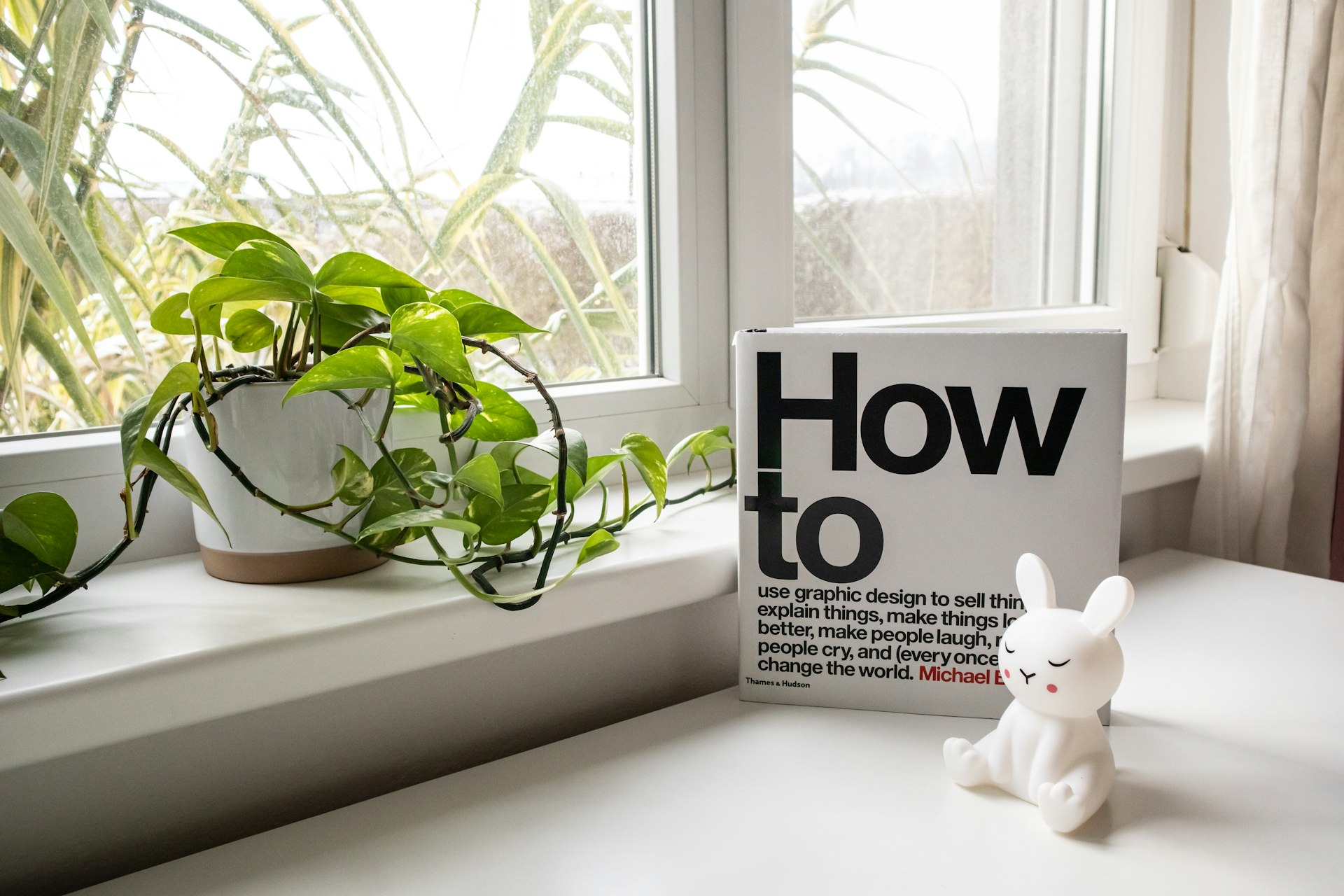The Complete Guide to Building Effective DIY Self-Watering Planters

Photo by Taru Goyal on Unsplash
Introduction
Self-watering planters are a practical solution for busy gardeners and anyone seeking to maintain consistent moisture for their plants. With a well-designed self-watering system, you can reduce watering frequency, minimize water waste, and help plants thrive even during hot weather or brief absences. This guide provides comprehensive, step-by-step instructions, multiple design alternatives, and actionable advice on building your own self-watering planter using readily available materials.
How Do Self-Watering Planters Work?
A self-watering planter typically features a water reservoir beneath the soil and a mechanism-often a wick, fabric, or perforated divider-that allows water to move upwards into the root zone as needed. This creates a consistent moisture level, reducing the risk of both overwatering and underwatering. The core principle is capillary action : water moves from the reservoir into the soil by wicking, ensuring roots stay hydrated but not waterlogged. [2]
Basic DIY Self-Watering Planter Designs
There are several proven methods for building your own self-watering planter. The right approach depends on your available materials, desired size, and skill level.
1. Bottle Wicking System
This method uses a recycled plastic bottle as a wicking device and is suitable for small to medium-sized pots.
Materials: 1.5-2-liter plastic bottle, drill, scissors, saucer, PVC pipe (optional), potting mix, your chosen plant.
Steps:
- Drill several large holes in the bottom half of the bottle to allow water flow. [1]
- Cut a hole in the center of the saucer, just large enough for the bottle to fit through.
- Trim the bottle so it sits flush with the saucer inside the planter.
- Insert a PVC pipe (for easy reservoir refilling) next to the bottle, with the top sticking out 2-3 inches above the soil line.
- Place the saucer, bottle, and pipe into your main planter. Fill the container with potting mix and plant as usual.
This design allows water to wick up from the bottle into the soil, with the saucer acting as a reservoir separator. [1]
2. Soda Bottle Planter for Small Spaces
Ideal for herbs and small houseplants, this approach uses a 2-liter soda bottle split in half.
Instructions:
- Cut a clean 2-liter bottle in half.
- Puncture a hole in the bottle cap. Thread a length of cotton string or shoelace through the hole as a wick. [3]
- Tie knots to keep the wick in place, ensuring about half hangs down.
- Fill the bottom half with water. Invert the top half and place it inside the bottom, with the wick submerged.
- Fill the upper portion with potting mix and your plant. Water from the reservoir wicks up as needed.
This compact solution is effective, easy to assemble, and can be disguised inside decorative containers if desired. [3]
3. Large Container or Raised Bed Systems
For larger planters or raised beds, you can create a sub-irrigated planter (SIP) using a water reservoir, wicking columns, and a fill tube. This is ideal for vegetables or larger outdoor displays.
Materials: Large plastic tub or raised bed, PVC pipes, perforated pots or drainage pipe, landscaping fabric, potting mix.
Steps:
- Create a false bottom or reservoir using perforated pots, hardware cloth, or a rubber feed bowl. [2] [5]
- Install a fill tube (PVC pipe) for easy watering access.
- Add a wicking column: fill a small pot with soil and place it so it contacts both the reservoir and the planting mix above.
- Cover the reservoir with landscaping fabric to separate soil from water.
- Fill the upper area with potting mix and plant as usual.
This method supports consistent moisture for larger root systems and extended growing periods. [2]
Choosing Materials and Sourcing Supplies
Most materials-plastic bottles, tubs, PVC pipe, landscaping fabric-are available at hardware stores, garden centers, or through general retailers. For free or low-cost options, consider repurposing food-grade containers, buckets, or old planters. Ensure all materials are clean and safe for plants. For food crops, avoid containers that previously held chemicals.
If you need a detailed supply list or want to compare products, you can visit established gardening supply retailers or search for “self-watering planter kits” at major home improvement stores. Always check customer reviews and official product details before purchasing. [2]
Step-by-Step Implementation Guidance
While the exact process varies by design, the following detailed steps apply to most DIY self-watering planters:
- Prepare the reservoir: Clean your container, drill any necessary drainage or fill holes, and assemble the water reservoir at the bottom.
- Install the wicking device: Use a bottle, fabric wick, or soil column that connects the soil above with the water below.
- Add a fill tube: For easy refilling, insert a PVC pipe or similar tube reaching from the reservoir to above the soil line.
- Separate soil and water: Use a divider (like a saucer or landscaping fabric) to keep potting mix from clogging the reservoir.
- Fill with potting mix: Use high-quality, well-draining soil. Avoid garden soil, as it compacts and reduces wicking efficiency.
- Plant and water: Plant as usual, then fill the reservoir through the tube. Monitor moisture for the first week to ensure the system is working.
For a visual tutorial and detailed supply checklists, you may search for video guides from reputable gardening educators on platforms like YouTube. Look for creators who show step-by-step assembly and maintenance with clear, high-resolution footage. [4]
Common Challenges and Troubleshooting
Even the best DIY self-watering planters require occasional maintenance and troubleshooting. Some common issues include:
- Clogged wicks or tubes: Prevent by using clean materials and checking for blockages every few weeks.
- Overly wet or dry soil: Adjust the size of the reservoir, wick, or soil type. Use a soil moisture meter or simply check by touch.
- Algae or mold growth in the reservoir: Reduce light exposure by painting or covering clear containers. Clean reservoirs between plantings.
- Leaks: Ensure all seams are watertight. Use non-toxic sealant if needed.
By monitoring plant health and moisture levels, you can fine-tune your setup for best results.
Alternative Approaches and Upgrades
Advanced gardeners may wish to scale up by integrating self-watering systems into raised beds, vertical gardens, or larger containers. Corrugated metal, food-safe plastic, or even wooden planters can be adapted with sub-irrigated reservoir systems. The core principle remains the same: maintain a separated water reservoir and provide a reliable wicking mechanism. [5]
To further automate watering, consider adding a float valve for automatic filling, or connect multiple planters with a shared water source (taking care to avoid cross-contamination between different plant types).
Accessing Further Guidance and Resources
For additional project ideas, troubleshooting tips, and inspiration, you can:

Photo by Skyler Ewing on Unsplash
- Search for “DIY self-watering planter step-by-step” on reputable gardening blogs and YouTube channels.
- Read expert guides on established gardening websites, such as those from university extension programs or botanic gardens.
- Visit local garden centers and ask for advice on materials and best practices.
To find specific product recommendations or ready-made kits, enter terms like “self-watering planter kit” or “sub-irrigated planter” into the search function of major home improvement retailers. Always cross-check product reviews and safety information before purchasing.
Key Takeaways
DIY self-watering planters offer an accessible, low-maintenance way to support healthy plant growth. By following proven designs and adapting materials to your needs, you can build a system that fits any space or plant type. Regular monitoring and occasional adjustments will keep your planter performing optimally for seasons to come.
References
- [1] Little Victorian (2012). How to make a self-watering planter from any pot.
- [2] Lovely Greens (2024). DIY Self-Watering Planter (Step-by-Step Instructions).
- [3] Hello Glow (2021). 5 Self-Watering Planter Hacks You Have to Try.
- [4] YouTube (2020). Super easy DIY self-watering planter from any container.
- [5] YouTube (2024). Improved: Self-watering SIP Raised Bed (Wicking Planter) Construction Tutorial.



